My sister-in-law, I’ll call her Deb called and asked me to take a look at her PC, it was “acting funny” she could not get IE or Outlook to work. When I got there it was discovered that this has been going on for over a week.
She could not stop this software from scanning and finding viruses. “Privacy Protection“ was running her computer. Went to Malwarebytes to see how to handle it. Well, I thought it would be easy to follow their instructions but evidently “PP” has been updated and MalwareBytes has not. As soon as MB starts up even after renaming it to “Explorer” it gets shut down and blocked from being accessed again until uninstalled and reinstalled to a different location.
I do not have a Windows XP Home install CD to attempt a “Repair”, I am actively looking for one but not with much confidence that it will help.
This one is beating me and I don’t like it.
I have made a boot CD with AVG and scanned the HDD removing most of the virus, but there remains a ‘Trojan’ somewhere that keeps adding a service that I cannot stop or prevent. It’s name consists of 234987.459265.exe or similar as it changes on each boot. I see it in Task Manager but can not stop it or prevent it from starting.
I have tried “autoruns”, “ccleaner”, “spybot s&d” two different utilities for “killing” processes. It always seems to be one step ahead of me.
Any ideas are welcome.


